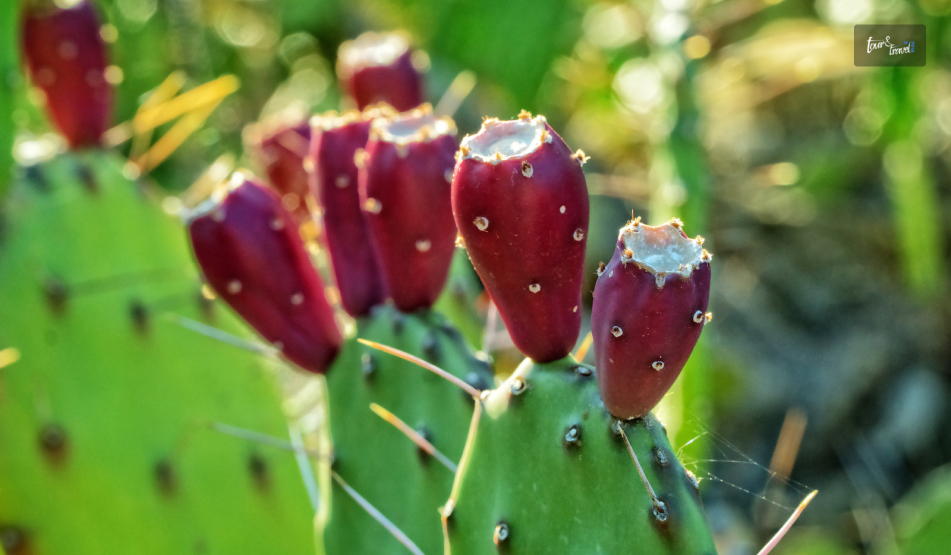Choosing the Right Airline for Business Class Travel
BY Barsha May 15, 2025
If you are planning your next trip, you should know about all the options available for an amazing experience. There are various business class airlines that can provide you with a luxurious travel experience. So, you should know all the right options at your disposal. Regardless of whether it’s a domestic voyage or an international one, you will want to pick an airline that delivers exceptional amenities and impeccable service. Our guide is tailored to help you find business class flights that meet your requirements. Top-Ranked Business Class Airlines Before you go looking for the right airline for your business class flights, don’t hesitate to find out which carriers provide the kind of services you need. The J.D. Power 2024 survey ranked Delta Air Lines highest in first/business class customer satisfaction in North America (score 743, with JetBlue second at 736). JetBlue came in second with a score of 736. It shows that the service quality and level of comfort in these business class airlines result in an impressive passenger satisfaction rate, which means that these might be your top picks for business-class international flights or domestic travel. Delta Air Lines - Leading the Pack Delta Air Lines often gets praised for providing a truly luxurious business class experience. Passengers love their spacious seating, sophisticated meals, and additional premium amenities that include the Sky Club access. Additionally, Delta features lie-flat seats and personal entertainment systems that make long-haul flights much more enjoyable. Their staff pays attention to the passengers’ needs and will do their best to deliver unparalleled service. JetBlue - Comfort with a Modern Touch JetBlue’s Mint Class, offered on select routes, provides a unique business class flight experience. It comes fully geared up with spacious seating, attentive service, and refined meals. It’s a great option for anyone looking for an appealing choice, both for international and domestic flights. Their competitive fares are also a great option if you are in need of cheap business class flights. Qatar Airways Qatar Airways is known to lead the business class airlines segment with its renowned Qsuits, which are available on select Boeing 777s and Airbus A350s. The suite-style seats have privacy doors, customizable seats for solo travel, and direct aisle access. Moreover, they have a dine-on-demand catering, high-speed Wi-Fo, and luxurious amenities, providing a rich travel experience. Japan Airlines Japan Airlines has set a completely new standard for business class with its Airbus A350-1000 with Safran Unity seats. The spacious seats include privacy, headrest speakers, and high-tech controls. They are specifically known for their gourmet Japanese cuisine, free in-flight Wi-Fi, and amazing service, making sure that they provide a seamless experience for their passengers. All Nippon Airways ANA provides “The Room” business class on selected Boeing 777s, and is one of the most spacious layouts in the aviation industry. Their first-class-like services come with a lot of amazing features. They provide enclosed suites with full-flat beds, Western and Japanese dining, and amazing customer service. Even though their soft design and entertainment lag slightly compared to Japan Airlines, their seat design is unmatched. Singapore Airlines Singapore Airlines is always associated with premium service. Even though the seat designs on the Boeing 777, Airbus A380, and Airbus A350 are not cutting-edge, the airline makes up for it with its amazing customer service. Moreover, their “Book the Cook” pre-order meal, extensive entertainment options, high-quality dining, and free Wi-Fi provide an amazing experience. Etihad Airways The new Airbus A350 business class on Etihad has introduced enclosed suites, wireless charging, Bluetooth audio, and reverse herringbone seating. They have partnered with Armani/Casa and elevated their product with premium bedding, barista-style coffee, and dine-on-demand service. Moreover, they offer this service on the Boeing 787 fleet. Emirates Even though Emirates’ A380 business class is not the most modern, they also provide an amazing and luxurious experience with the onboard bar, premium amenities, and high-end cocktails. Moreover, it provides free Wi-Fi, comfortable seating, and an entertainment system, making it a popular choice for travelers. Air France The new business class on Air France’s Boeing 777s and Airbus A350s has reverse herringbone seats with enhanced entertainment, privacy doors, and bulkhead seating. The soft products, including fine wines, French cuisine, and friendly service, make it an amazing option for luxurious travel. Turkish Airlines Even though it has an average hard product, the airline makes up for it with its business class dining. The onboard chef prepared gourmet meals, some Turkish, some international. Moreover, they have an amazing selection of coffee, contributing to an amazing culinary experience. Hospitality is one of their major strengths, making it a popular choice among many travelers. Cathay Pacific Cathay Pacific’s Boeing 777s have launched their new Aria Suites featuring an improved version of the Collins Aerospace Elements seat. It had Bluetooth connectivity, high-resolution screens, and amazing bedding, making sure their passengers get to travel comfortably. Also, their signature drinks and culinary selection try to contribute to an amazing experience. ITA Airways Italy’s flagship carrier, ITA Airways, provides an amazing business class experience on A350, Airbus A321neo, and A330neo aircraft. Even though they dont have an extraordinary seat design, their top-class Italian cuisine and service make it exceptional. Finding Deals on Business Class Airlines frequently offer promotional fares on business class flights, particularly during off-peak travel seasons. Signing up for fare alerts and monitoring deals can help you secure the cheapest business-class flights. Moreover, booking through specialized sites like business-tickets.com ensures you’re always in the loop when prices drop. Conclusion Choosing business class airlines attentively for your travels is about balancing comfort, service, and value. Delta Air Lines and JetBlue are leading choices for North American routes. However, other factors like cost and route availability should also affect your decision. There are various other airlines to choose from. Do your research well and use reliable booking platforms. This can enhance your travel experience without you having to exceed your budget. Also Read: The Essential Corporate Travel Tools Every Business Needs How To Prepare For Etias?: A Guideline For Business Travellers Top 5 Advantages of Choosing Private Jet Charter for Business Travel















